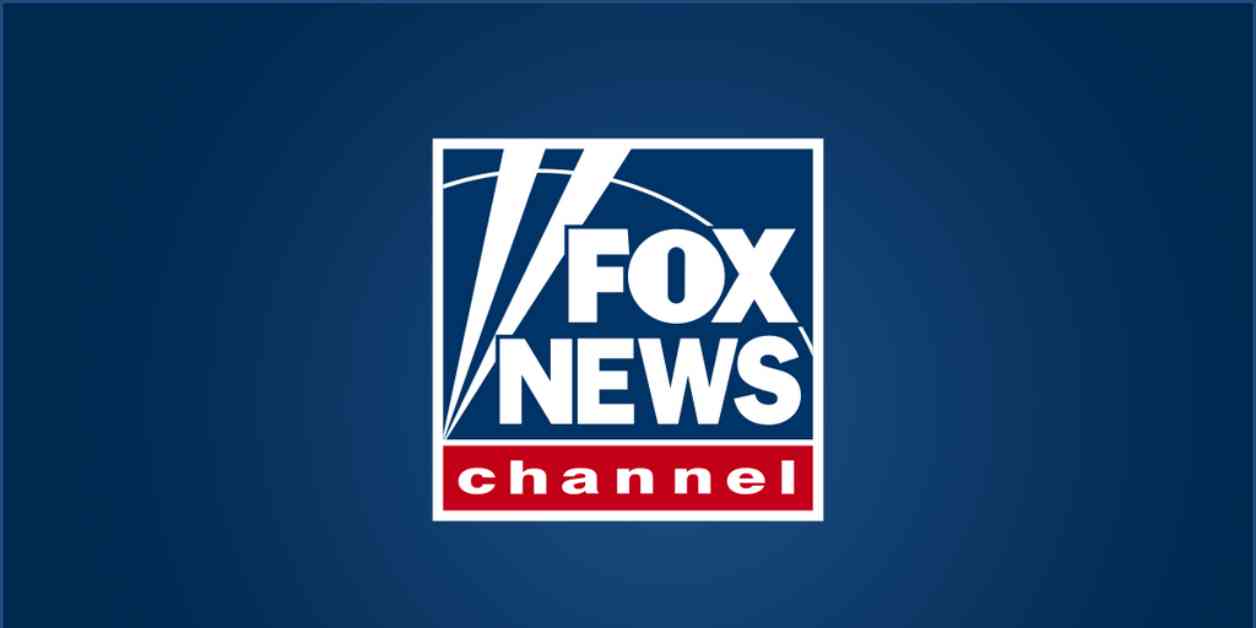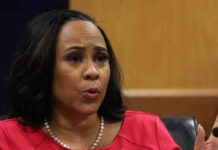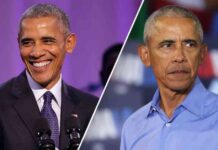Former President Trump continues to make headlines with his bold and unfiltered press conferences, drawing a clear distinction between his approach and that of his opponent, Vice President Kamala Harris. While Trump has been actively engaging with the media, Harris has been noticeably absent, sparking speculation and criticism from various quarters. Let’s delve deeper into these contrasting strategies and their implications for the upcoming presidential race.
Trump’s Press Conference in Bedminster
Former President Trump recently held a press conference at his Bedminster, New Jersey property, where he addressed the press for hours on end. Displaying groceries on the podium, Trump focused his remarks on the rising costs under the Biden-Harris administration. In particular, he criticized Harris for declaring tackling inflation as a ‘Day One priority,’ questioning her track record and effectiveness in addressing key issues.
Trump’s aggressive stance towards Harris is not new, with the former president accusing her of dodging the media and avoiding public scrutiny. He likened Harris’ campaign strategy to that of the Biden campaign, suggesting that they are “hiding” her from the public eye. Trump’s political advisers are reportedly urging him to pivot towards branding Harris as an ultra-liberal, emphasizing her positions on key policy issues such as the border, crime, and inflation.
Despite calls to tone down personal attacks on Harris, Trump remains steadfast in his criticism, citing his anger towards her perceived weaponization of the justice system. He has openly questioned Harris’ competence and intelligence, casting doubt on her ability to lead the country. Trump’s relentless attacks on Harris have raised concerns about the tone and tenor of the upcoming election campaign.
Harris’s Media Avoidance
In stark contrast to Trump’s frequent press engagements, Vice President Harris has been notably absent from the media spotlight since becoming the Democratic presidential nominee. With 25 days passing without a press conference or sit-down interview, Harris has come under scrutiny for her perceived reluctance to engage with the press and address key issues facing the country.
The Harris campaign’s decision to keep a low profile has raised eyebrows, with critics accusing them of hiding the vice president from public scrutiny. Trump’s accusations of Harris being “grossly incompetent” and lacking transparency have further fueled speculation about her leadership abilities and policy positions. The lack of media engagement from Harris has left many wondering about her strategy and approach to the presidential race.
Trump’s Campaign Strategy
As the presidential race heats up, Trump has doubled down on his campaign strategy, emphasizing the need to highlight Harris’s perceived shortcomings and radical policies. Trump’s relentless attacks on Harris, labeling her as a radical left socialist, reflect his combative approach to the campaign. He has repeatedly criticized Harris for her policy positions on key issues such as border security, taxation, and economic policy.
Despite facing criticism for his aggressive rhetoric and personal attacks on Harris, Trump remains undeterred in his quest to win the presidency. He has expressed his desire to see the country thrive under his leadership, emphasizing the need for strong borders, lower taxes, and effective governance. Trump’s focus on exposing Harris’s policy positions and leadership style underscores his commitment to winning the upcoming election.
In conclusion, the contrasting approaches of former President Trump and Vice President Harris reflect the deep divisions and dynamics at play in the upcoming presidential race. While Trump’s unfiltered press conferences and aggressive campaign tactics have garnered attention, Harris’s media avoidance and strategic positioning have raised questions about her leadership abilities and policy positions. As the campaign unfolds, it remains to be seen how these contrasting strategies will impact the outcome of the election and shape the future of American politics.




